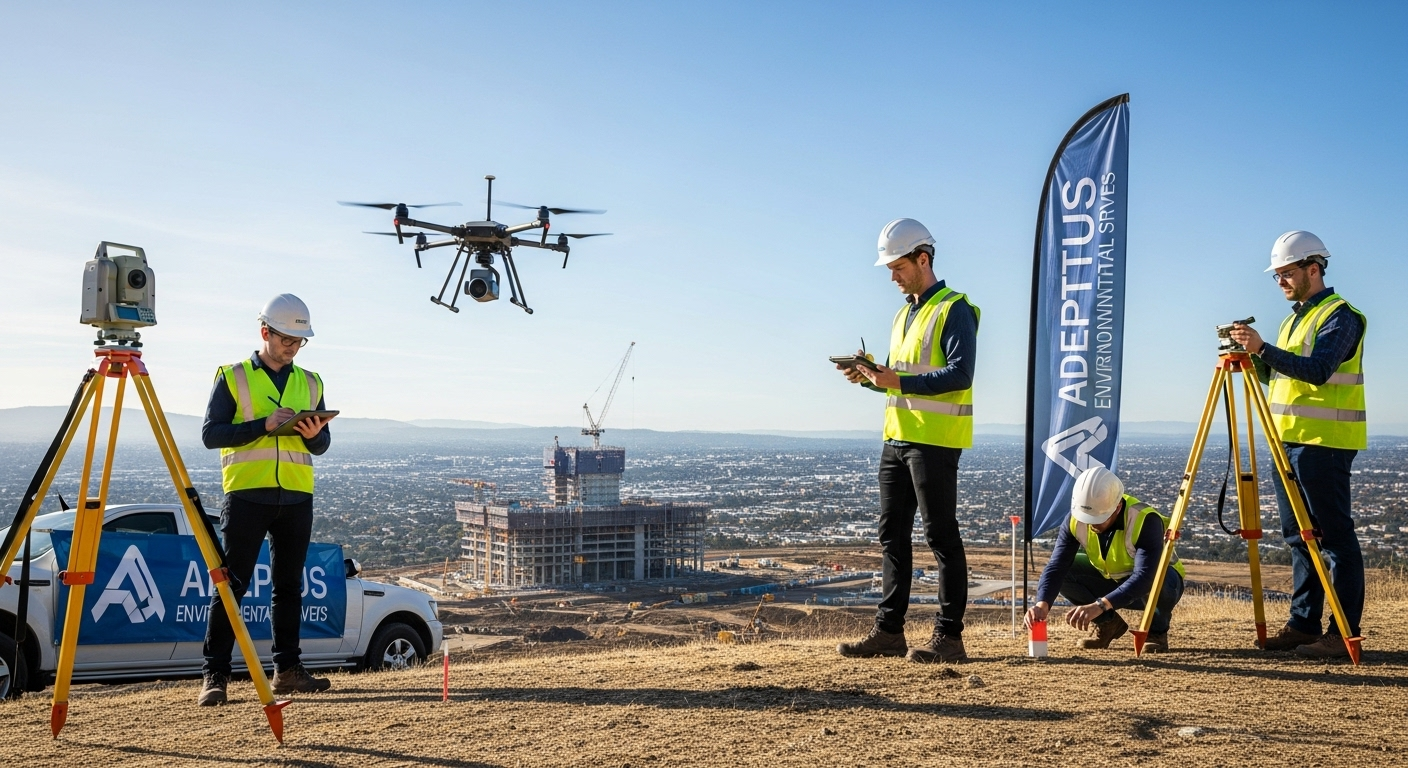In today’s world of rapid urbanization and redevelopment, the land beneath our feet carries both opportunity and responsibility. Old industrial estates, disused factories, fuel storage sites, and even farmland may all be repurposed into modern housing, offices, or community spaces. Yet, before these transformations can take place, one critical step is required: ensuring that the land is safe and compliant with environmental standards. This is where land contamination assessment plays an indispensable role, serving as a bridge between property development and environmental regulations.
Why Regulations Matter for Safe Development
Environmental regulations exist to safeguard people, ecosystems, and future generations from harm caused by pollutants. Contaminants such as hydrocarbons, asbestos, pesticides, or heavy metals can linger in soil and water long after industrial or agricultural activities have ceased. Without oversight, these hazards can expose residents to long-term health risks and damage local ecosystems. A land contamination assessment ensures these risks are identified and managed in compliance with legal requirements. For developers, it is not simply a box to tick but a necessary process that aligns projects with the broader responsibility of environmental stewardship.
The Role of Assessment in Meeting Legal Obligations
When developers apply for planning permission, local authorities and environmental agencies expect evidence that the land has been properly assessed. This is because environmental regulations mandate that land must be safe for its intended use. A land contamination assessment provides that evidence by uncovering potential hazards and guiding remediation strategies. By presenting clear, science-backed findings, developers demonstrate compliance with regulatory frameworks, making it far more likely for projects to gain approval without delays. This alignment with the law protects developers from legal disputes and builds trust with regulators.
Understanding the Assessment Process
The process of land contamination assessment is designed to identify risks in stages. It typically begins with a desk study, where experts review maps, historical records, and past land uses to highlight potential contamination. This phase is critical for aligning early development plans with environmental regulations, as it establishes whether further investigation is necessary.
If risks are identified, site investigations follow. Soil, groundwater, and sometimes air samples are collected and analyzed in accredited laboratories to confirm the presence and extent of contamination. If pollutants are discovered, remediation strategies are developed to ensure the site meets safety standards. These measures may include removing or treating contaminated soil, installing protective barriers, or managing groundwater. Each stage of this process directly supports compliance with environmental regulations by proving that risks have been assessed, managed, and verified.
Protecting Communities and the Environment
Beyond meeting legal obligations, land contamination assessment carries a deeper responsibility: protecting communities and ecosystems. Pollutants that remain unchecked can seep into groundwater, release harmful gases, or spread into nearby rivers and fields. These effects threaten not only human health but also wildlife and natural resources. By ensuring compliance with environmental regulations, assessments prevent such damage and provide assurance that redevelopment projects contribute positively to their surroundings. This responsible approach reinforces the principle that growth should never come at the expense of safety or sustainability.
Financial and Legal Benefits of Compliance
Compliance with environmental regulations may initially appear to add costs for developers, but in reality, land contamination assessment often saves money in the long run. Discovering contamination mid-project can cause expensive delays, force redesigns, or even halt development entirely. Worse, failure to comply with environmental standards can lead to fines, lawsuits, or reputational damage.
By conducting assessments at the outset, developers gain clarity and confidence in their property plans. This proactive approach ensures smoother project delivery and demonstrates accountability to investors, buyers, and regulators. In the competitive property market, being able to showcase compliance through a detailed land contamination assessment can also enhance a project’s marketability and credibility.
Building Trust with Regulators and Communities
Transparency is a cornerstone of compliance. By openly carrying out land contamination assessment and sharing results with planning authorities, developers show they are serious about meeting environmental obligations. This openness strengthens relationships with regulators, who are more likely to grant approvals when clear evidence of compliance is presented.
It also builds trust with local communities. Residents want reassurance that new developments will not expose them to hidden risks or environmental harm. By communicating how assessments have been carried out and what remediation measures are in place, developers demonstrate responsibility and earn community support.
Unlocking Brownfield Opportunities Responsibly
Many of the most promising redevelopment opportunities lie on brownfield sites, often in prime urban locations. These sites, however, frequently carry a legacy of contamination from industrial use. Without a land contamination assessment, developing such areas would pose risks that could breach environmental regulations. With comprehensive assessment and remediation, these sites can be transformed safely into homes, schools, parks, or businesses. This not only satisfies regulatory requirements but also breathes new life into neglected areas while preserving untouched greenfield land.
Land Assessment as a Foundation for Sustainability
Sustainability is central to modern property development, and compliance with environmental regulations is an essential part of that vision. A land contamination assessment ensures that redevelopment projects align with sustainable principles by addressing pollution, protecting ecosystems, and ensuring long-term safety. Developers who prioritize compliance send a powerful message: their projects are not just about profit but also about contributing to healthier, more resilient communities.
Conclusion
Land contamination assessment is far more than a technical process. It is a vital tool for supporting compliance with environmental regulations and ensuring that property development progresses safely and responsibly. By identifying risks, guiding remediation, and demonstrating adherence to the law, assessments create confidence among regulators, investors, and communities.
For developers, the benefits are clear: smoother planning approvals, reduced financial uncertainty, and enhanced credibility. For society, the rewards are even greater—safe land, protected ecosystems, and sustainable growth. By placing compliance at the heart of redevelopment, land contamination assessment ensures that progress is built not only on strong foundations but also on responsible and ethical practices that serve generations to come.







